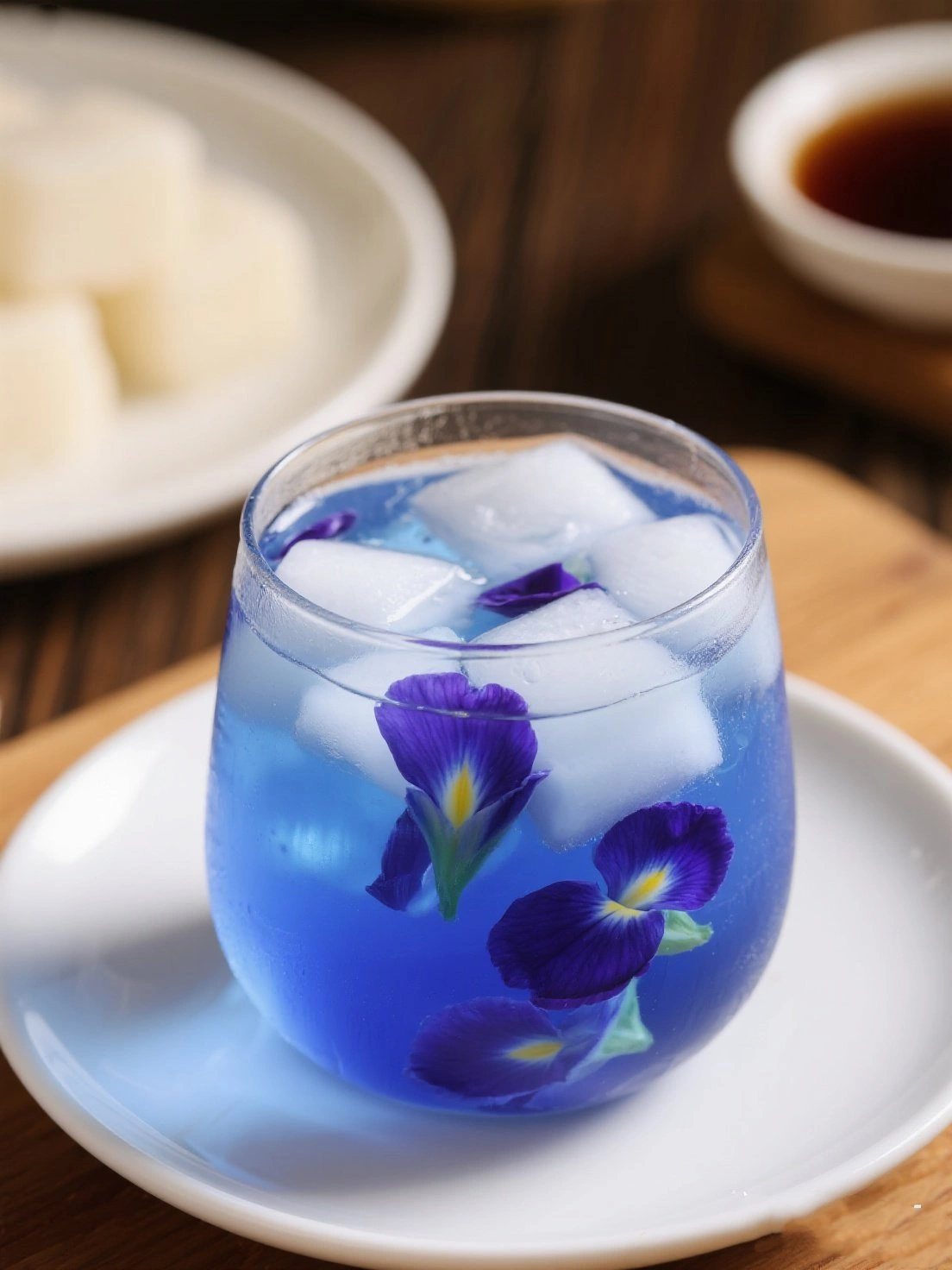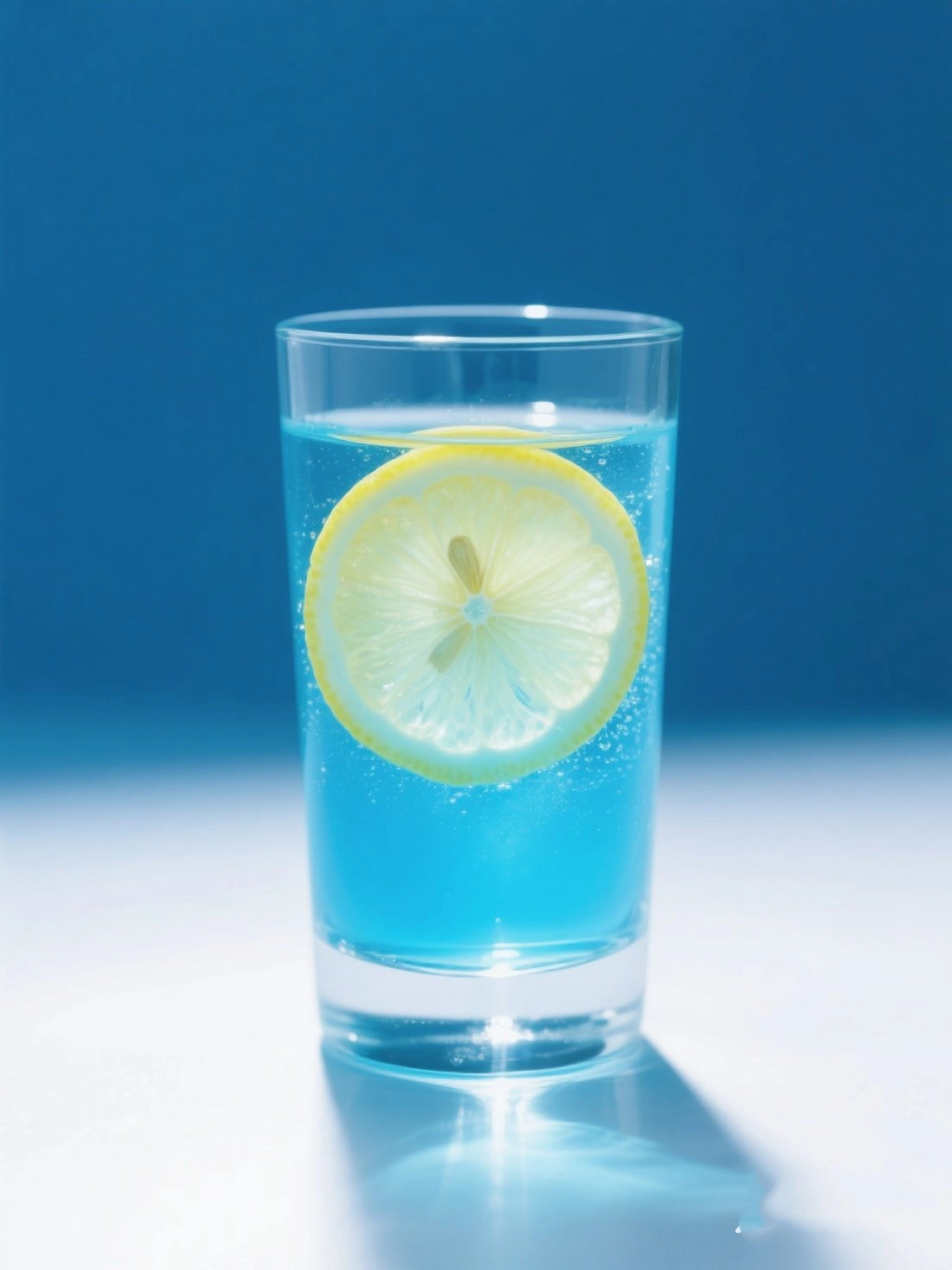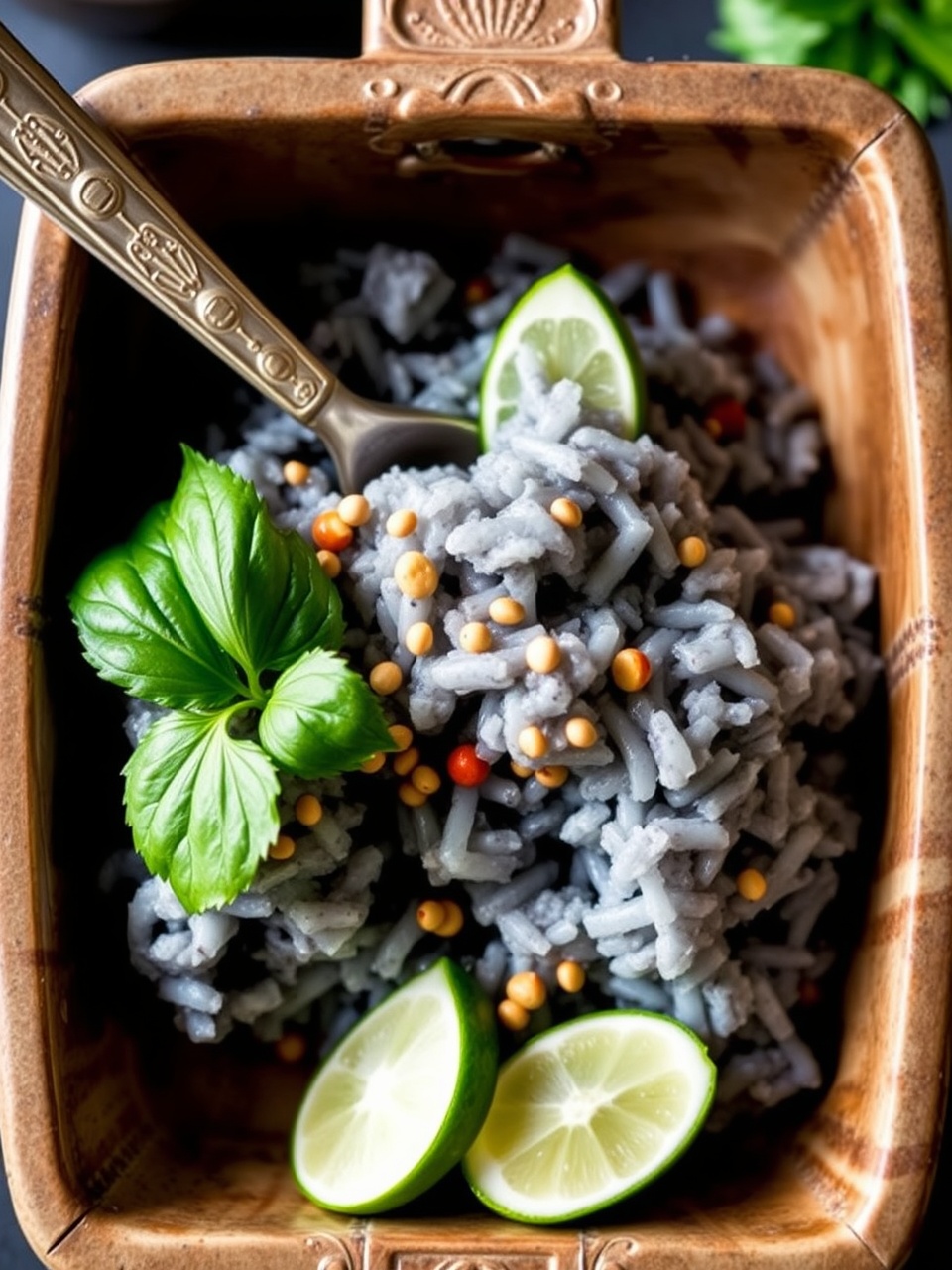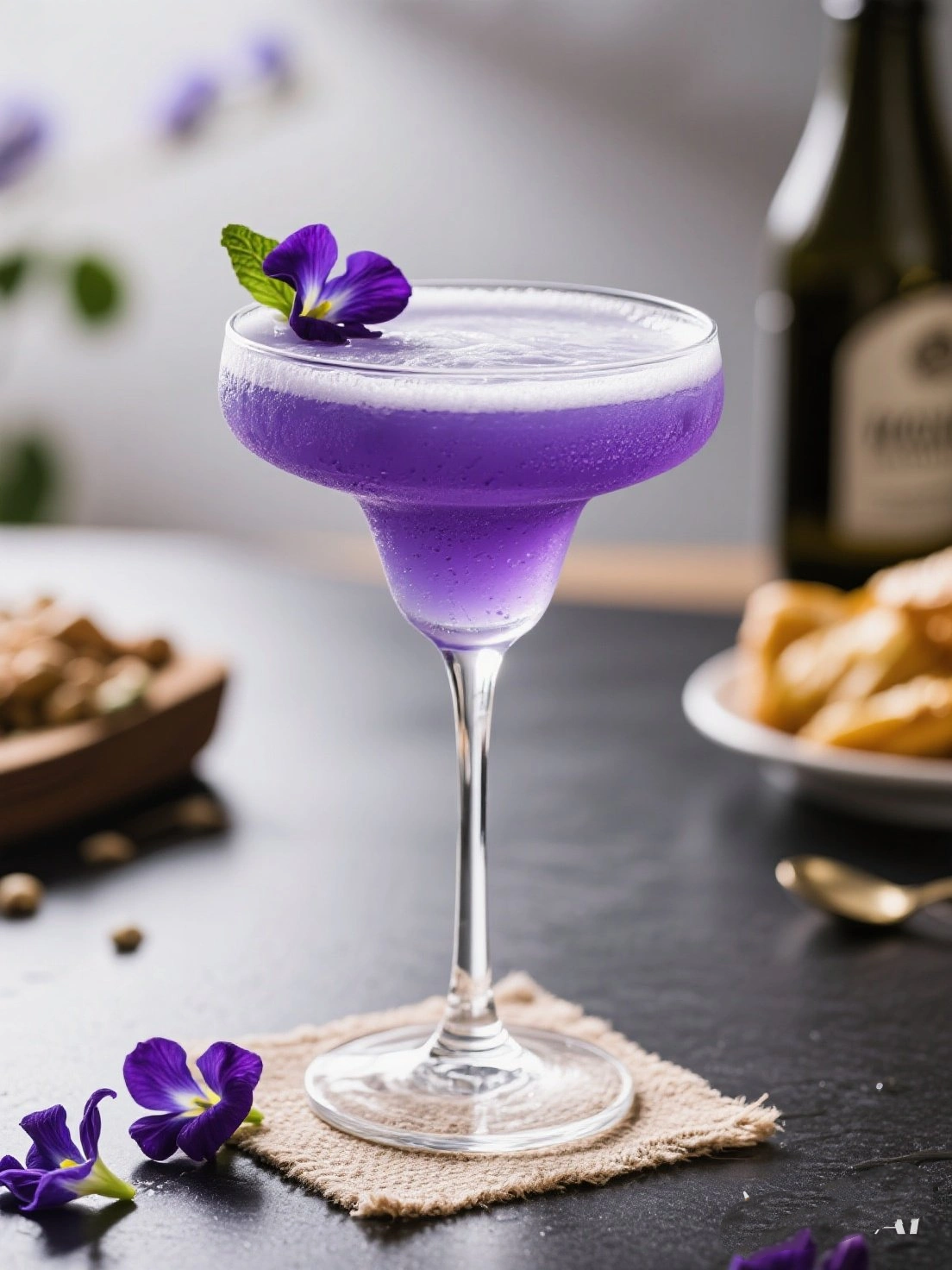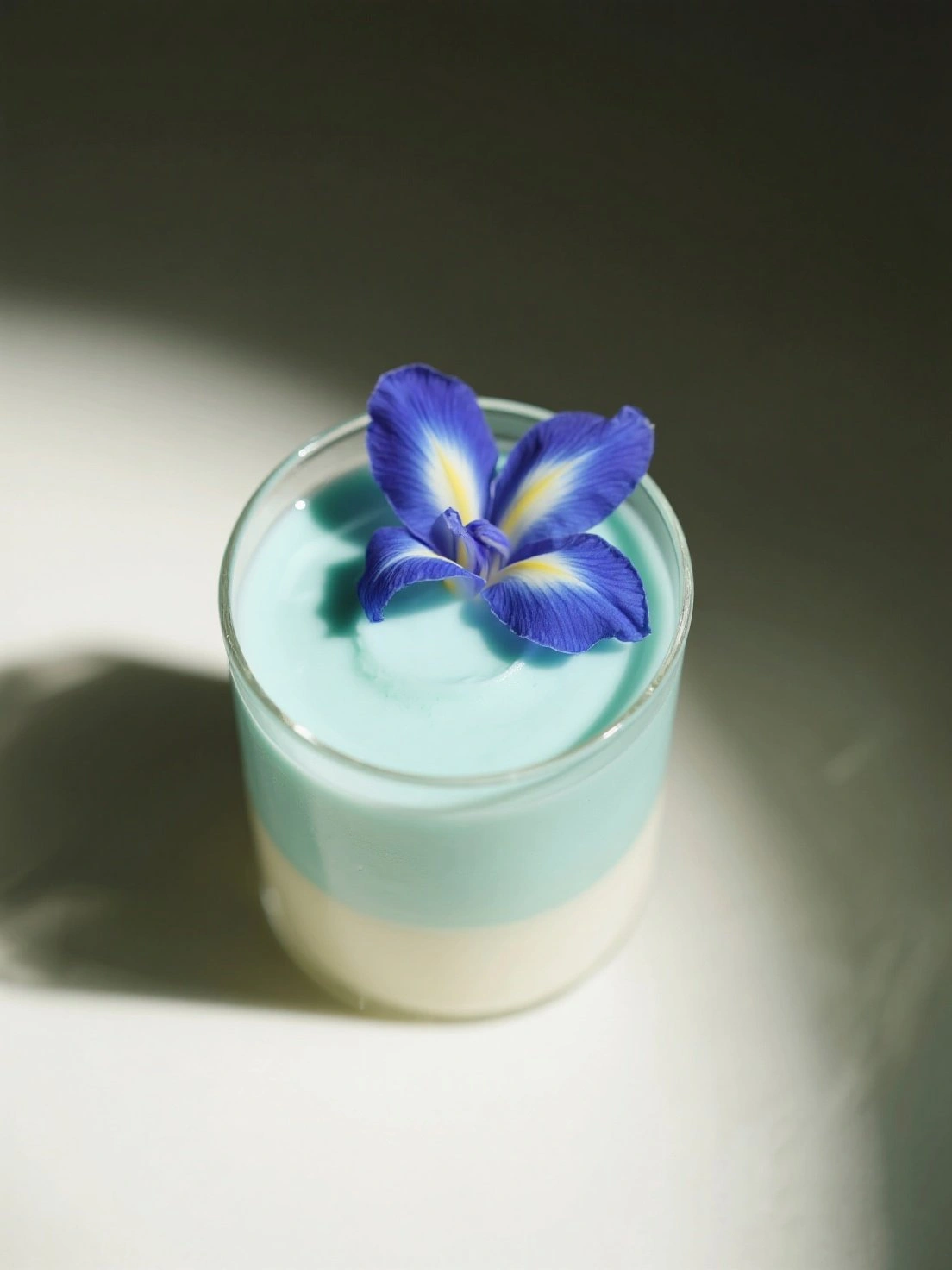Nutritional Value and Health Benefits of Butterfly Pea Flower
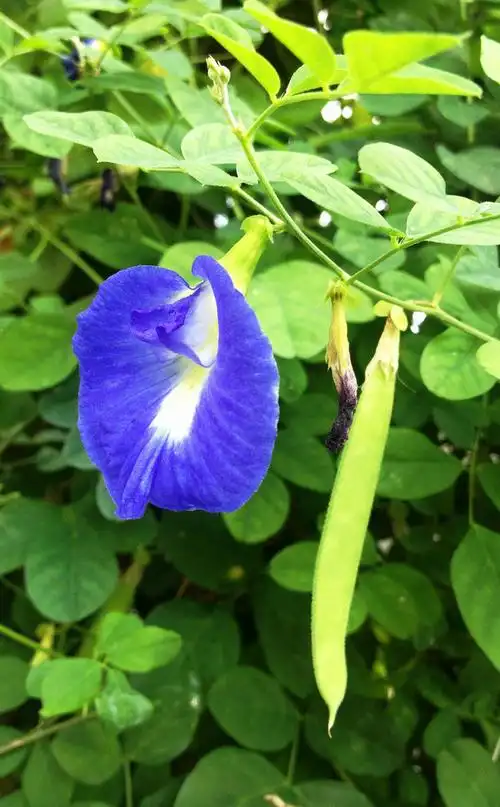
Nutritional Value (per 100g dried flowers)
- Antioxidants: Rich in ternatins, kaempferol, and quercetin
- Flavonoids: Contains powerful anti-inflammatory compounds
- Anthocyanins: 5-10% concentration (higher than blueberries)
- Vitamin C: 15mg (25% DV) - supports immunity
- Iron: 2.5mg (14% DV) - helps prevent anemia
- Calories: Only 30 calories per 100g
Health Benefits
- ✔ Brain Health: May enhance memory and cognitive function
- ✔ Anti-Aging: Powerful antioxidants combat free radicals
- ✔ Stress Relief: Natural adaptogen that helps reduce anxiety
- ✔ Eye Health: Anthocyanins support vision and retinal health
- ✔ Blood Sugar Control: May help regulate glucose levels
Fun Fact: The flowers change color from blue to purple when acid (like lemon juice) is added!
Butterfly Pea Flower Cultivation and Harvest
Growing Conditions
- Climate: Tropical and subtropical regions
- Soil: Well-drained, slightly acidic to neutral pH
- Sunlight: Full sun to partial shade
- Water: Regular watering but drought-tolerant
Planting
- Propagation: From seeds or cuttings
- Spacing: 30-50cm apart
- Support: Needs trellis or fence to climb
- Time to Flower: 6-8 weeks after planting
Harvesting
- Best Time: Morning after dew has evaporated
- Method: Pick fully open flowers by hand
- Frequency: Daily during flowering season
- Yield: 1-2kg flowers per plant per season
Drying Process
- Air Drying: Hang in bunches in shaded, well-ventilated area
- Dehydrator: 35°C for 6-8 hours
- Storage: Airtight container in cool, dark place
- Shelf Life: 1 year when properly stored
Traditional Uses
- Ayurveda: Used as brain tonic and stress reliever
- Thai Medicine: For improving eyesight and hair growth
- Malay Folk Medicine: Treatment for anxiety and depression
- Vietnamese Tradition: Natural food coloring for festive dishes
Modern Applications
- Natural Food Coloring: Blue hue for drinks and desserts
- Cosmetics: In shampoos and skin care for antioxidants
- Functional Foods: Added to health supplements
- pH Indicator: Science experiments due to color change
Pro Tip: For the most vibrant blue color, use 5-7 flowers per cup of hot water and steep for 5 minutes.
Summary: Ideal growing conditions → Proper planting → Timely harvest → Careful drying → Traditional wisdom → Modern innovations!
The Magic of Butterfly Pea Flower
Watch how this amazing flower transforms beverages with its natural color-changing properties!
Beautiful Butterfly Pea Flower Creations
Explore these stunning culinary uses of butterfly pea flowers from Southeast Asian cuisines.
Click on the images for recipes that showcase nature's blue magic!
Butterfly Pea Recipe Tutorials
Learn to create stunning blue and purple dishes with these easy video guides.
